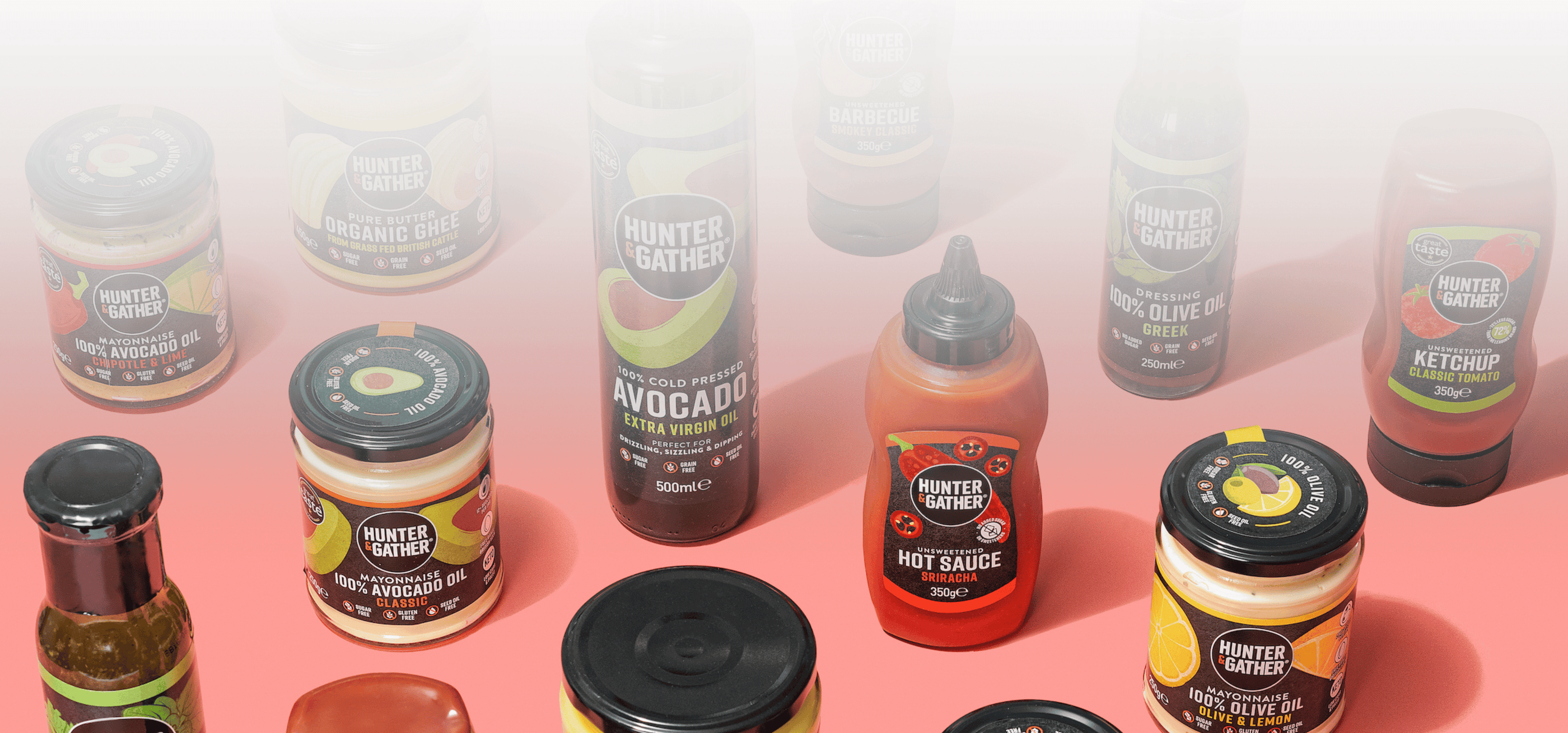You may have tried a lot of diets in the past, and now you're hearing about the Paleo diet. Before you dive right into it, we want to help people like yourself to begin understanding the Paleo diet. By now the whole world knows that there's no magic pill, shake, or tummy wrap that will magically make us healthy or cause us to lose weight. The only option for long lasting, full body health is to eat the right foods, to move our bodies how they were designed to be used and to sleep and rest well. But there are so many fad diets out there it can be hard to navigate which ones are real and which ones are bogus. Which diet is the ideal one for you? That's where the paleo diet comes in. In fact, the paleo diet isn't a fad diet at all - it's a lifestyle and more so a template. It's an easy way to make sure that you're only putting food in your body that is going to help and heal it. But what exactly is the paleo diet? Read on to find out more in our guide to understanding the paleo diet.
Understanding the Paleo Diet
The thought behind the paleo diet is actually surprisingly simple. Paleo is short for Paleolithic. This is the period in human history where this template for eating is pulled from. Basically, it's a way of eating only the foods that our ancient ancestors would have been able to get ahold of. Think about our cavemen ancestors-- if they cant eat it, either can you. This is based on the idea that our modern diet, which is full of polyunsaturated and harmful fats, refined carbs, and easy to access sugar, is to blame for a lot of our modern day diseases. In simple terms high-quality meat and fish, veggies, nuts, and seeds are all perfectly fine. But dairy, sugar, grains, legumes and anything artificial isn't. Now, dairy, grain and legumes are pretty heavily argued on in the paleo community. Some paleo advocates say that there are "anti-nutrients" that can block minerals and vitamins in legumes and grains, making them off limits. And there are some people that would argue that dairy was available back then as well. There's no one way to eat paleo the 'right way'. Paleo should be deemed a framework from which you based your food choices and lifestyle. The main goal is to stay away from all processed foods, refined sugars and anything artificial.
The Drawback
People who are huge advocates for the paleo diet want to back away from the argument that started the movement. Initially, people who thumped the paleo bible said that our bodies were slow to evolve, which meant that they didn't adapt to agriculture. There's evidence that suggests our bodies evolved just fine to eat grains and dairy etc. If this really was the case, you wouldn't be here searching for a solution to your daily discomfort and inflated waistline. Above all, modern dairy and grains are produced and consumed in very different way than would have been traditional. Also, one of the arguments against the paleo diet points out that the foods that are paleo-friendly in the supermarket don't exactly look like what our cave-dwelling ancestors ate. Everything has been bred selectively to be huge and delicious, and this means that the nutrition has changed as well. And of course, you wouldn't of found Paleo Friendly Mayonnaise in a cave - but hey, it makes real food even better.
The Benefit
All of that aside, at the end of the day there is nothing wrong with getting more veggies and healthy fats into your diet. Cutting down on the amount of sugar, harmful fats and refined carbohydrates you eat is bound to have a lot of positive side effects.
The Right Way to Paleo
Now that we've talked a bit about the good and the bad of the paleo diet, let's talk a bit more about what you'll have to do to get started. Now, like we said before, the entire idea behind the diet is that if your caveman ancestors didn't eat it, you should stay away from it. There's a bit more to it than that, though. So here's the more detailed part. You can eat anything we could hunt or gather back in the day. You're free to eat meats, fish, nuts, leafy greens, regional veggies, and seeds. Unfortunately, our ancestors weren't foraging for toast and sweets back in the day, which means those will have to go. The paleo diet also allows you to stop counting calories and start focusing on putting the right foods in your body. But even if they aren't, 400 calories of veggies and real animal protein don't have the same nutritional quality as a 400 calorie bag of Doritos, right?
The Grainy Truth
Back when we were still living in caves, grains weren't a part of our diet and certainly not in their hyper processed state we're used to them as. In simple terms, when we overeat grains on a regular basis, our bodies will take those grains and turn them into sugar. Grains are also known to contain gluten and lectins. Gluten is a protein found in rye, wheat, and barley. Now, not everyone in the world has a gluten sensitivity. But still, overeating gluten can lead to a lot of medical issues. Lectins are toxins that grains create to stop us from eating them. They don't mix well with our intestines and they can stop them from healing. So basically, grains are causing you issues.
Where Will I Get My Energy?
When you cut out the processed and grain-based carbs from your diet, your body probably will be just fine on energy. It will go through an adaptation phase and you will notice after a few weeks, we require a lot fewer carbs than what we actually eat. You'll use the carbs that are in other foods and process those for energy along with using your stored body fat - it is an energy source after all!
What Should I Eat?

We mentioned it a few times above, but it's worth repeating here just so you know for sure. The foods that are totally okay to eat on the paleo diet are the ones that occur naturally. And they are:
- Grass-fed meat
- Free Range Poultry
- Fish
- Eggs
- Vegetables
- Natural oils
- Fruits
- Nuts
- Tubers
There are plenty of delicious meal options that will leave you feeling full and won't wreck your health. Think about a big steak with asparagus and sweet potato fries. Or maybe a big (dairy free) omelette and apples dipped in almond butter. Pick anything on that list and eat what you want. You'll feel much better and much healthier.
Just Give It a Go
Even if you think you won't be able to give up your morning toast or cereal for good, it's worth it to give the paleo lifestyle a shot. Just two weeks of following this diet or lifestyle framework can lead to feeling much far more relaxed, sleeping better and dropping a few inches from the waist. Fully understanding the paleo diet takes a lot of research, so consider joining some paleo-based forums to see what other people are doing on their quest for health! For more information on living a healthy life, visit us today!
All information provided on our website and within our articles is simply information, opinion, anecdotal thoughts and experiences to provide you with the tools to thrive.
It is not intended to treat or diagnose symptoms and is definitely not intended to be misconstrued for medical advice. We always advise you seek the advice of a trained professional when implementing any changes to your lifestyle and dietary habits.
We do however recommend seeking the services of a trained professional who questions the conventional wisdom to enable you to become the best version of yourself.

















